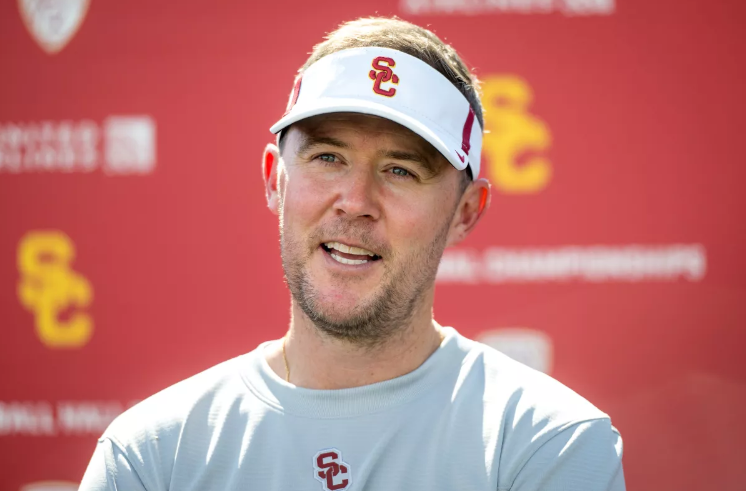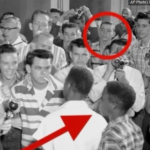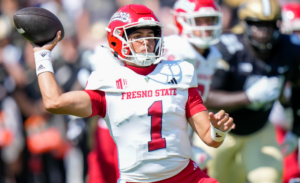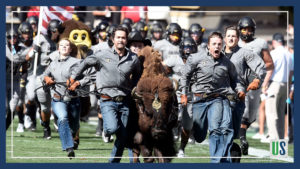
We need to talk about the new age of parity in college football.
It’s never been harder to be great in college football, but it’s never been easier to be good.
One of the things that has kept the NFL the most compelling American sport is its parity- the ability for a team that is completely out of the playoff picture to make a couple of staff adjustments, hit on a few draft picks, and make a splashy free agency signing to all of the sudden flip from pretender to contender.
But it also means that the opposite can happen. Look no further than last year’s Super Bowl champion Los Angeles Rams sitting at 3-8, the worst record in the entire NFC.
I’m not sure college football fans are ready for that kind of volatility, but they better get ready, because we’re already seeing it to a certain extent.
With the emergence of the transfer portal, and the ability of schools to tap into Name, Image and Likeness as an enticement for athletes looking to monetize their skillset, every school could potentially be its wealthiest donors shifting focus toward direct player benefits away from being immediately competitive.
Yesterday, at the introductory press conference of new Arizona State head coach Kenny Dillingham, a booster in attendance publicly pledged $1 million dollars toward NIL opportunities.
Arizona State went 3-9 this year. Could they be 9-3 next year? With looming sanctions, it’s unlikely, but in this new age of college football, it’s not impossible.
Look at USC. They were 4-8 last year, hired Lincoln Riley away from Oklahoma, they started buying up players through their NIL collective and now they’re one win away from a College Football Playoff appearance.
Look at Washington. They went from 73rd in the country in passing offense in 2021 to being the best in the country in one year thanks in part to the transfer portal.
Tennessee used to have to fill McDonalds bags with recruiting enticements, and now they can do it out in the open. Not only did they just put together a 10-win season with a victory over Alabama, they have one of the top incoming freshmen QBs in the country headed their way with reportedly the largest sum of NIL money to date involved.
It’s never been easier to spark positive change in a program. If your school has an alumni base with deep pockets, you might just find yourself in the hunt. Shoot, if Donald Trump and Elon Musk wanted to make nice and stop competing with each other for world domination, they could put together a hell of a football team at University of Pennsylvania.
But the trick is going to be staying good, and making that spark into a flame. Michigan State went from 11-2 last year, and Mel Tucker getting a market-resetting contract extension, to 5-7 this year. And what the football gods gave to USC this year, they took away from University of Oklahoma, who finished the season with their worst record since yours truly was in high school.
And all these sparks will come at the expense of someone. It’s going to be harder and harder for Nick Saban to run the table. Are Alabama fans ready for that?
Look, just because college football is changing, and things might be more volatile, doesn’t mean you’re not going to still get solid, homegrown, underdog teams that go on magical runs like Cincinnati last year, and TCU this year, who despite changing head coaches, isn’t overly reliant on transfers. Sometimes the volatility of everyone else actually provides more of an advantage for teams with a steady hand and a brick-by-brick mindset. Just look at University of Utah.
But if you’re a fan of the sport, and you want to keep being a fan of the sport, you need to be open to the idea that the new reality is that anything can happen in any given year.
And maybe next year could be your year.
Let that sink in.







No comment yet, add your voice below!